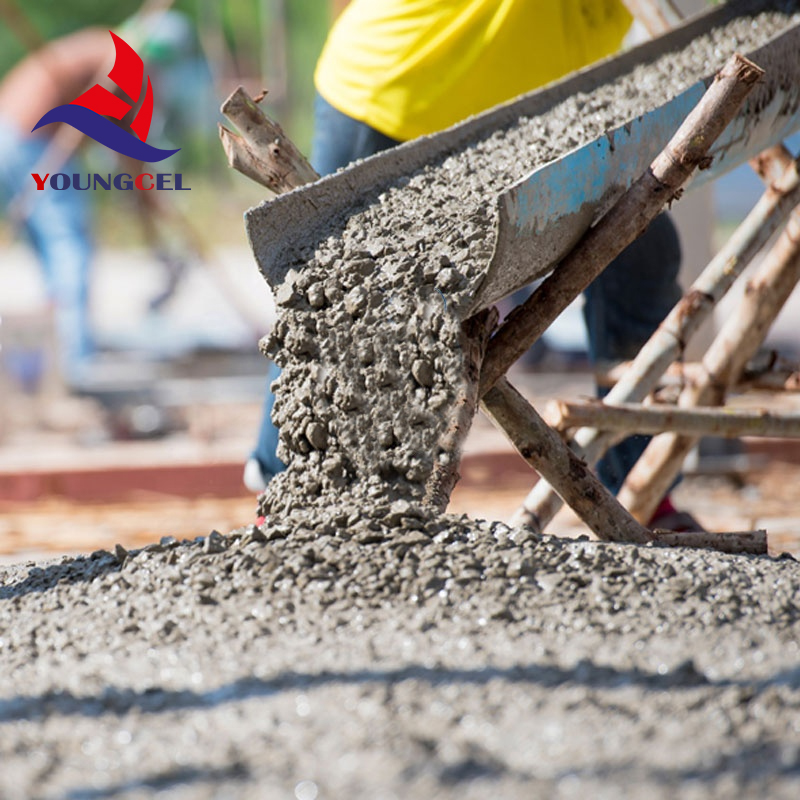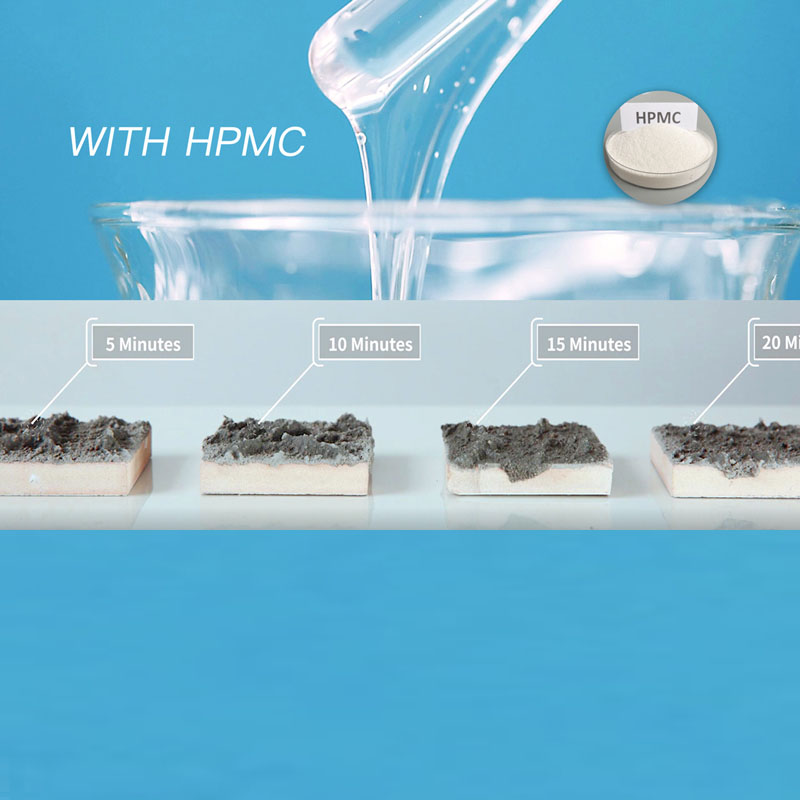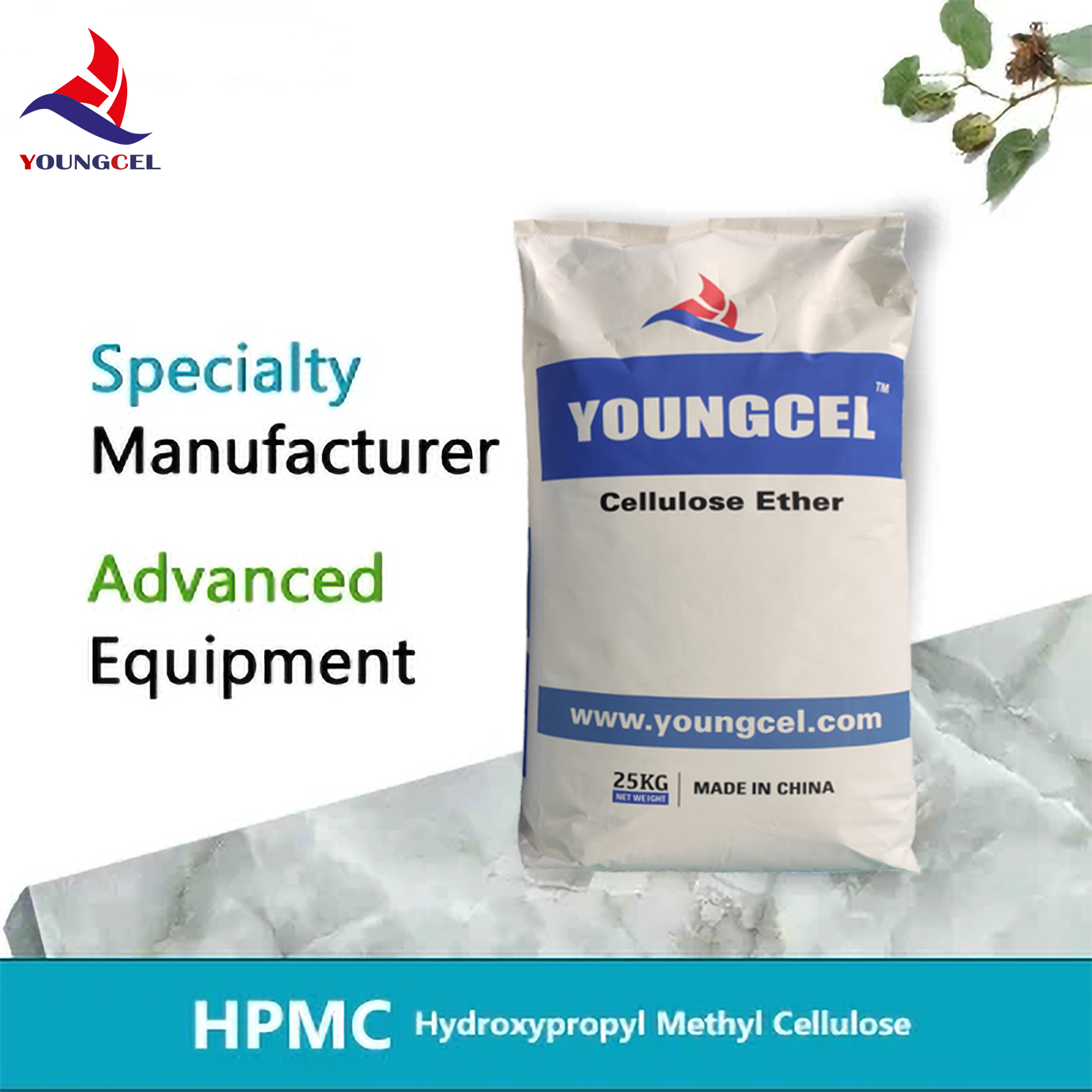Hydroxypropyl Methyl Cellulose (HPMC) is a versatile chemical additive widely used in the construction industry. As a key component in tile adhesives and plaster formulations, HPMC enhances the performance of cement-based products through its unique properties. This article explores the technical specifications, applications, and company background of this essential material, providing a comprehensive overview for professionals in the construction sector.
Product Overview
HPMC is a modified cellulose ether derived from natural cotton fiber. Its chemical structure, characterized by hydroxypropyl and methyl groups, grants it exceptional solubility, stability, and film-forming capabilities. The product is available as a milky white or white powder, with a particle size tailored for various applications. Its solubility in water and select solvents, combined with high transparency and stability, makes it ideal for construction materials. For a visual representation, refer to the product images below:
Technical Specifications
| Parameter | Specification |
|---|---|
| Appearance | Milky white or white powder |
| Carbonization Temperature | 280–300% |
| Color Temperature | 190–200% |
| Particle Size | 100 mesh pass rate >98.8%; 80 mesh pass rate 99.9%; 40–60 mesh (special specifications) |
| Apparent Density | 0.25–0.70 g/cm³ (typically 0.5 g/cm³) |
| Specific Gravity | 1.26–1.31 |
| Solubility | Soluble in water and solvents like ethanol/water or propanol/water mixtures |
These specifications highlight HPMC's high purity and consistent performance, making it suitable for demanding construction applications. Its water retention and dimensional stability ensure long-term durability of cement-based products.
Key Features and Advantages
HPMC offers several advantages that make it indispensable in construction materials:
- Thickening Ability: Enhances the viscosity of cement mortars, improving workability.
- Salt Resistance: Maintains stability in environments with high salinity.
- PH Stability: Functions effectively across a wide pH range.
- Water Retention: Reduces cracking by retaining moisture during curing.
- Adhesion and Dispersibility: Ensures strong bonding between materials.
These properties are critical for applications such as ceramic tile cement and gypsum coagulant slurry, where dimensional stability and film-forming ability are essential. For further details, visit the HPMC product page.
Applications in the Construction Industry
HPMC's versatility is evident in its diverse applications:
- Cement Mortar: Improves workability and reduces shrinkage.
- Ceramic Tile Adhesive: Enhances adhesion and prevents slippage.
- Refractory Coatings: Acts as a suspension agent and improves substrate adhesion.
- Gypsum Slurry: Boosts water retention and bond strength.
- Joint Cement: Enhances fluidity and durability of gypsum board joints.
For a visual guide to these applications, refer to the product page, which includes detailed images and use cases.
Company Background
HPMC is produced by Shijiazhuang Gaocheng District Yongfeng Cellulose Co., Ltd., a reputable manufacturer specializing in cellulose derivatives. The company's commitment to quality control and innovation ensures that its products meet international standards. With a focus on chemical additives and binders, Yongfeng Cellulose serves global markets, providing solutions for the construction and manufacturing industries.
For more information about the company, visit the Shijiazhuang Gaocheng District Yongfeng Cellulose Co., Ltd. website.
Expertise and Authority: NIST Standards
The National Institute of Standards and Technology (NIST) plays a vital role in establishing measurement standards that ensure the reliability of materials like HPMC. According to NIST's research on construction materials, precise measurements and standardized testing are critical for evaluating the performance of additives in cement-based products. This aligns with the technical specifications of HPMC, underscoring its compliance with industry benchmarks.
As noted in NIST's publications, the use of high-purity additives like HPMC contributes to the durability and efficiency of construction materials. This authoritative reference reinforces the importance of HPMC in modern construction practices.
Conclusion
Hydroxypropyl Methyl Cellulose (HPMC) is a cornerstone of modern construction, offering unmatched performance in tile adhesives and plaster formulations. Its technical specifications, diverse applications, and manufacturer expertise make it a trusted choice for professionals. By adhering to NIST standards, HPMC ensures consistency and reliability in construction projects worldwide.
For detailed product information, visit the HPMC product page or contact Shijiazhuang Gaocheng District Yongfeng Cellulose Co., Ltd. for customized solutions.
References
NIST. (n.d.). National Institute of Standards and Technology. Retrieved from https://www.nist.gov
-
Understanding Methyl 2 Hydroxyethyl Cellulose: Uses, Benefits & Industry InsightsNewsNov.24,2025
-
Hydroxyethyl Methyl Cellulose HEMC: Industrial Uses, Benefits & Future TrendsNewsNov.23,2025
-
HEMC Cellulose: Versatile & Sustainable Industrial Polymer | YoungcelNewsNov.23,2025
-
Methyl Hydroxyethyl Cellulose: Versatile Building Block for Industry & SustainabilityNewsNov.23,2025
-
CAS 9032 42 2: Understanding Polyvinyl Alcohol's Impact on Industry & SustainabilityNewsNov.22,2025
-
Hydroxyethyl Methyl Cellulose: Versatile Solutions for Modern Industry and SustainabilityNewsNov.22,2025







